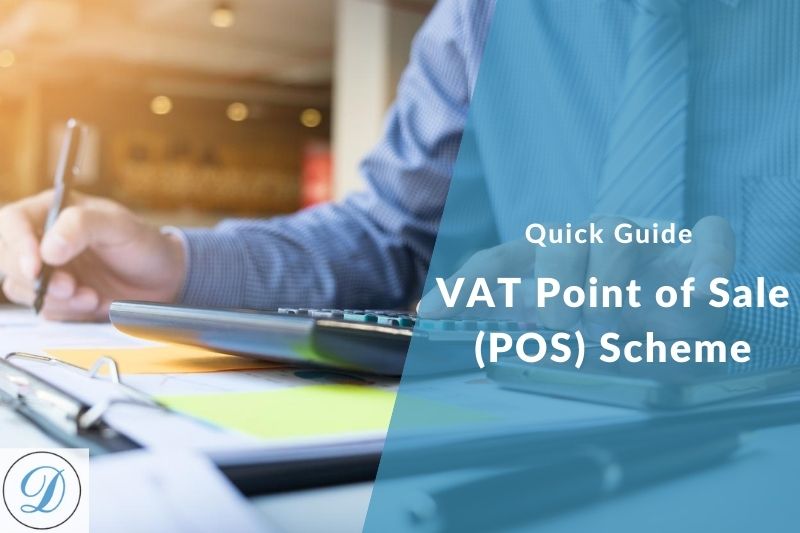Quick Guide on VAT Point of Sale (POS) Scheme

August 25, 2020
Point of sale is one of the easiest VAT schemes, created for businesses using an electronic system that records VAT for goods at the time of sale. Point of sale is easier than Apportionment Scheme. Under this scheme, you can calculate the VAT on your sale by identifying the VAT rate for the goods sold at the time of sale.
The retail business sells directly to the public and so it may find it difficult to issue a VAT invoice for each sale. For example, a small convenience store has many transactions which are for less than £1, but which will include VAT. It is normal for such a small store to not issue a VAT receipt for each sale and it is also time-consuming to record each sale separately to show the VAT in detail. VAT Retail Schemes are used to allow a simpler recording of VAT in such circumstances.
VAT Retail Schemes can only be used by businesses that make retail sales and have an annual VAT-exclusive turnover of less than £130 million.
A business can join a retail scheme at the start of any VAT period and there is absolutely no need to inform HMRC about the same. A business can change the scheme or leave it at the end of the VAT period. However, a retail scheme cannot be used along with the Flat rate scheme. But a retail scheme can be used in conjunction with the cash accounting scheme and the annual accounting scheme.
Also, in case if the annual VAT turnover goes above £130 million then the business has to leave the retail scheme and agree for a bespoke scheme with HMRC. Under the scheme, sales to other VAT registered businesses must be accompanied by a VAT receipt and if a customer requests a VAT receipt then it must be provided.
The Point of Sale scheme is one of three standard methods of calculating taxable retail sales. This scheme can be used if the business uses a ‘till’ to distinguish the sales at each rate of VAT or uses different tills for each rate of VAT. This means using an electronic point of sale machine (till system) and also this scheme must be used only if the rates of VAT are a standard and reduced rate.
Quite often the figures are recorded as a daily total and extracted from the till as a print-out. Also, the bill generated must have a clear bifurcation of ‘Net-VAT-Gross’ figures.
Example
The following gross sales are recorded in a single day:
| Daily Gross Takings | VAT included | Net sales | |
| Standard rate (20%) | 1800 | 300 | 1500 |
| Reduced rate (5%) | 126 | 6 | 120 |
| VAT due for the day | 1926 | 306 | 1620 |
Here we have sold £1800 worth of 20% rated goods and £126 worth of 5% rated goods. As per the calculation done above, the total VAT due for the day is £306.
A record of DGT must be kept each day despite the VAT may be calculated weekly. The transactions can be recorded as normal, with net and VAT amounts being posted to the sales and VAT accounts daily or weekly or they can be recorded as a gross figure with a VAT adjustment carried out at the end of the quarter. The VAT on inputs will be calculated in the normal way and hence the final VAT due can be calculated as with any other standard accounting scheme.
Doshi Outsourcing is a leading UK accounts outsourcing firm providing professional VAT services at competitive prices. We have clients from different industries in the UK which allows us selecting the best VAT schemes for clients depending on the nature of their businesses.
Reduce your cost by outsourcing your VAT return work to us. Book your appointment by visiting our website on https://www.doshioutsourcing.com/ or call us at 020-8239-4999


